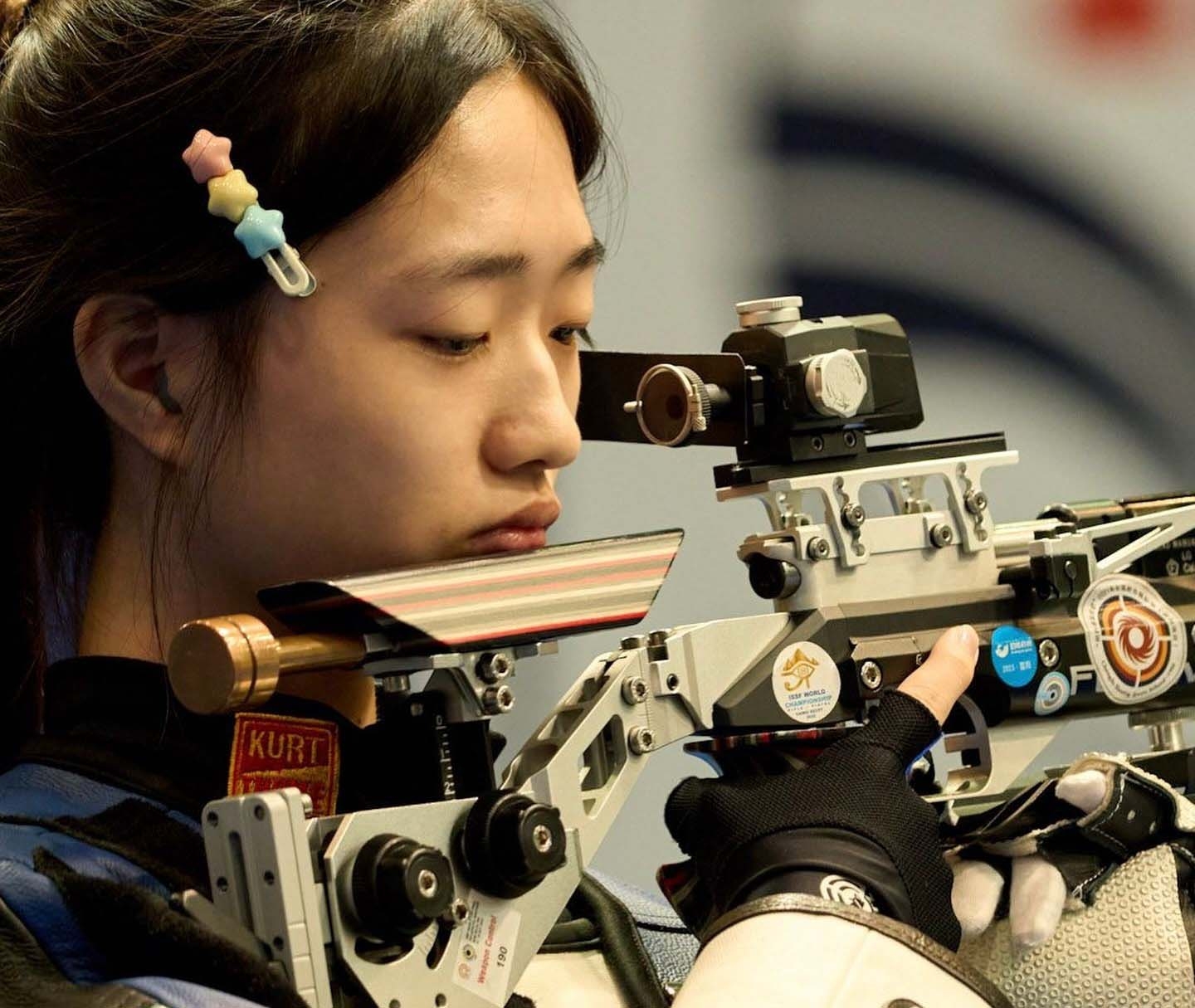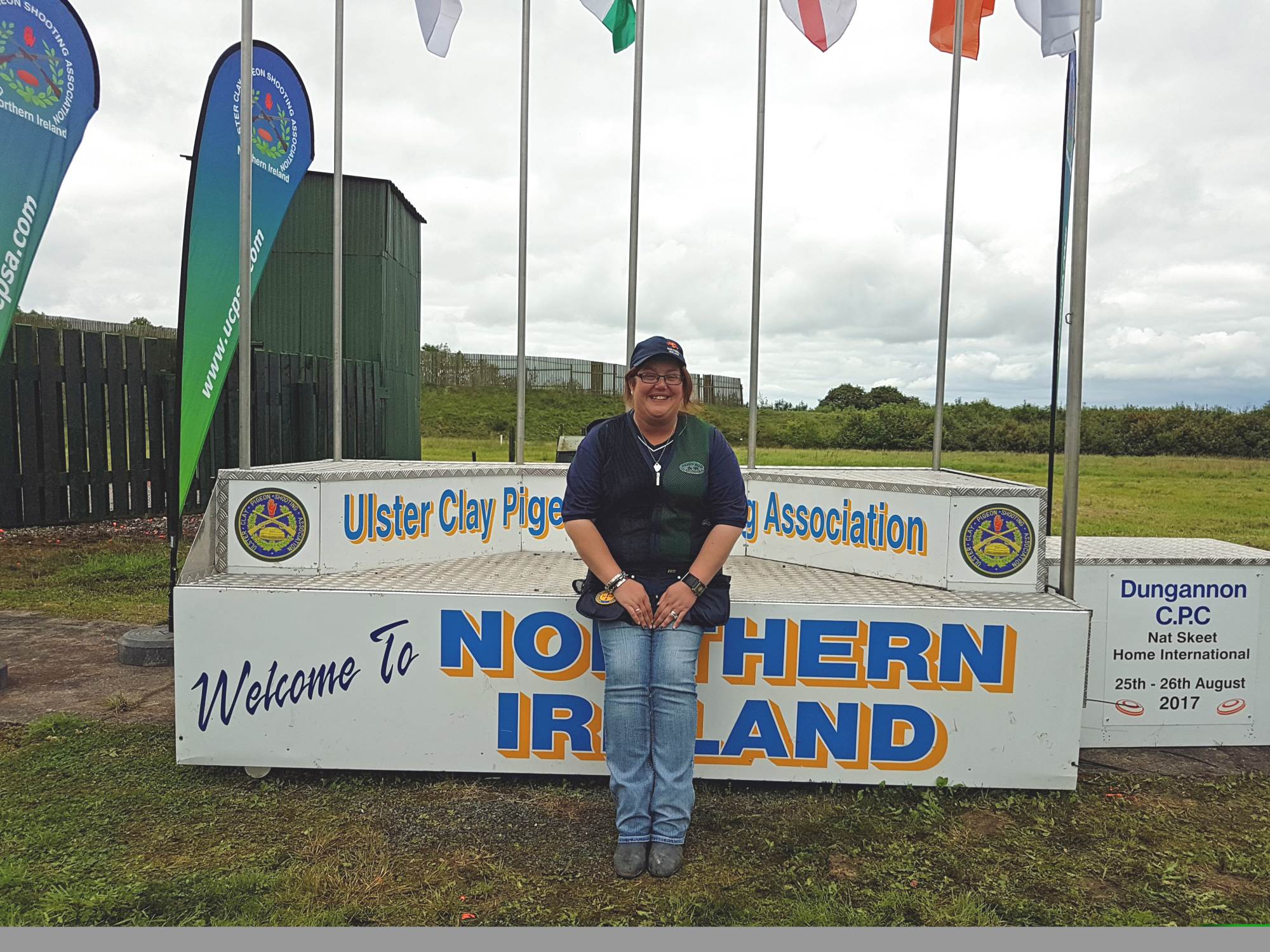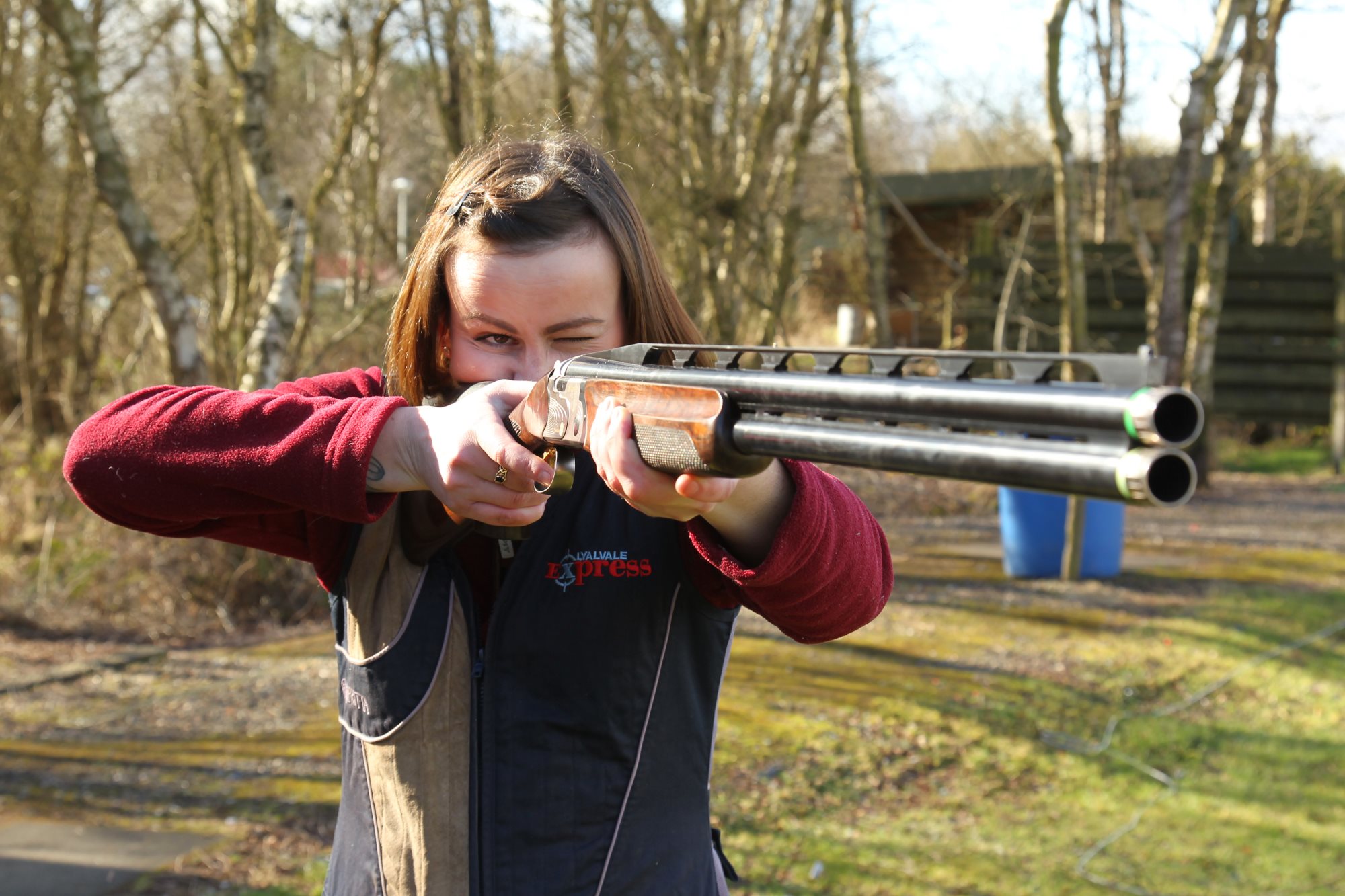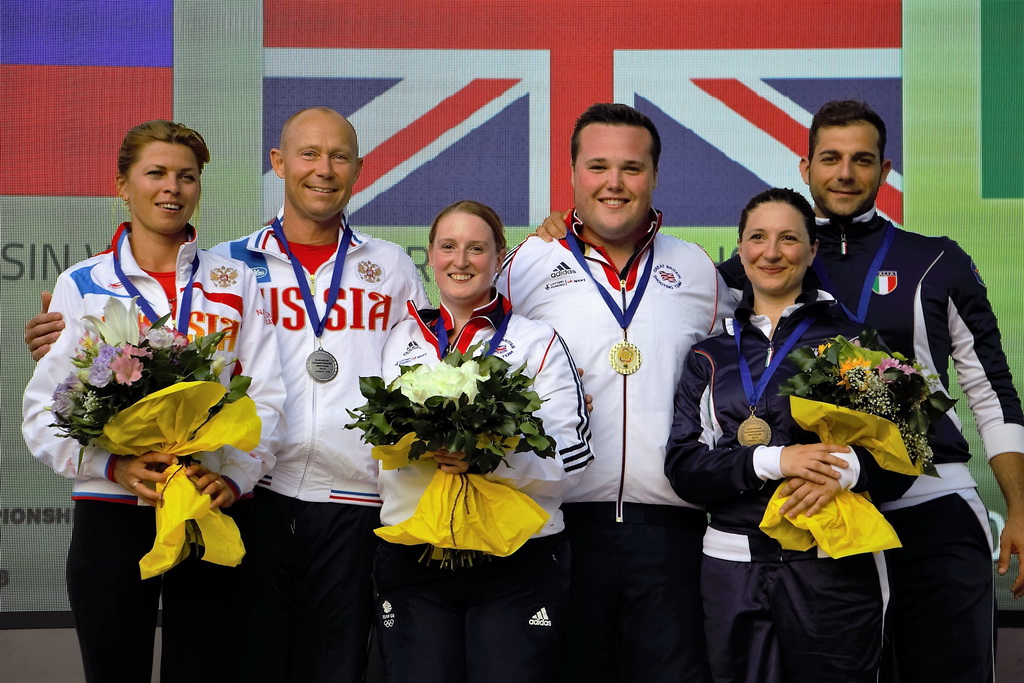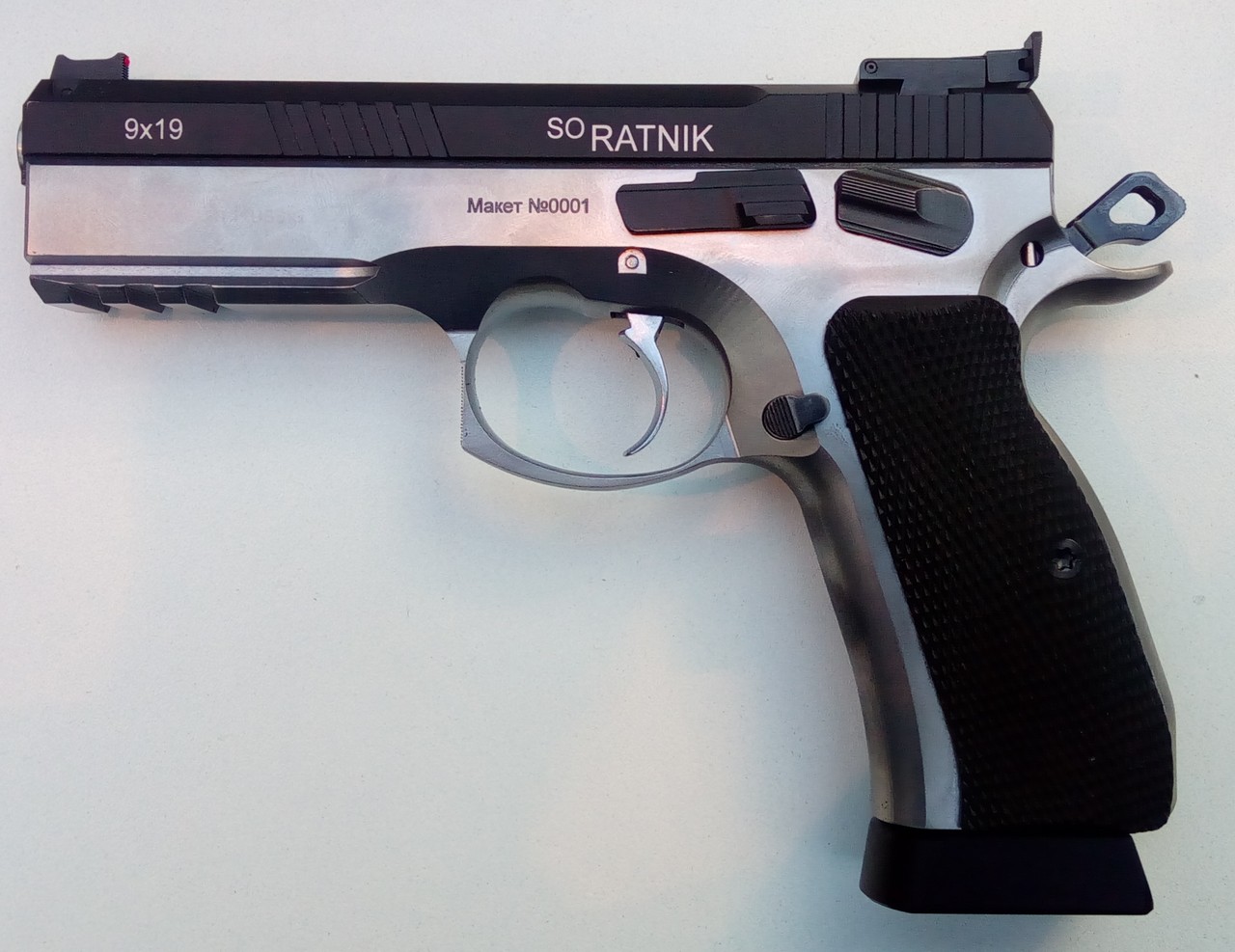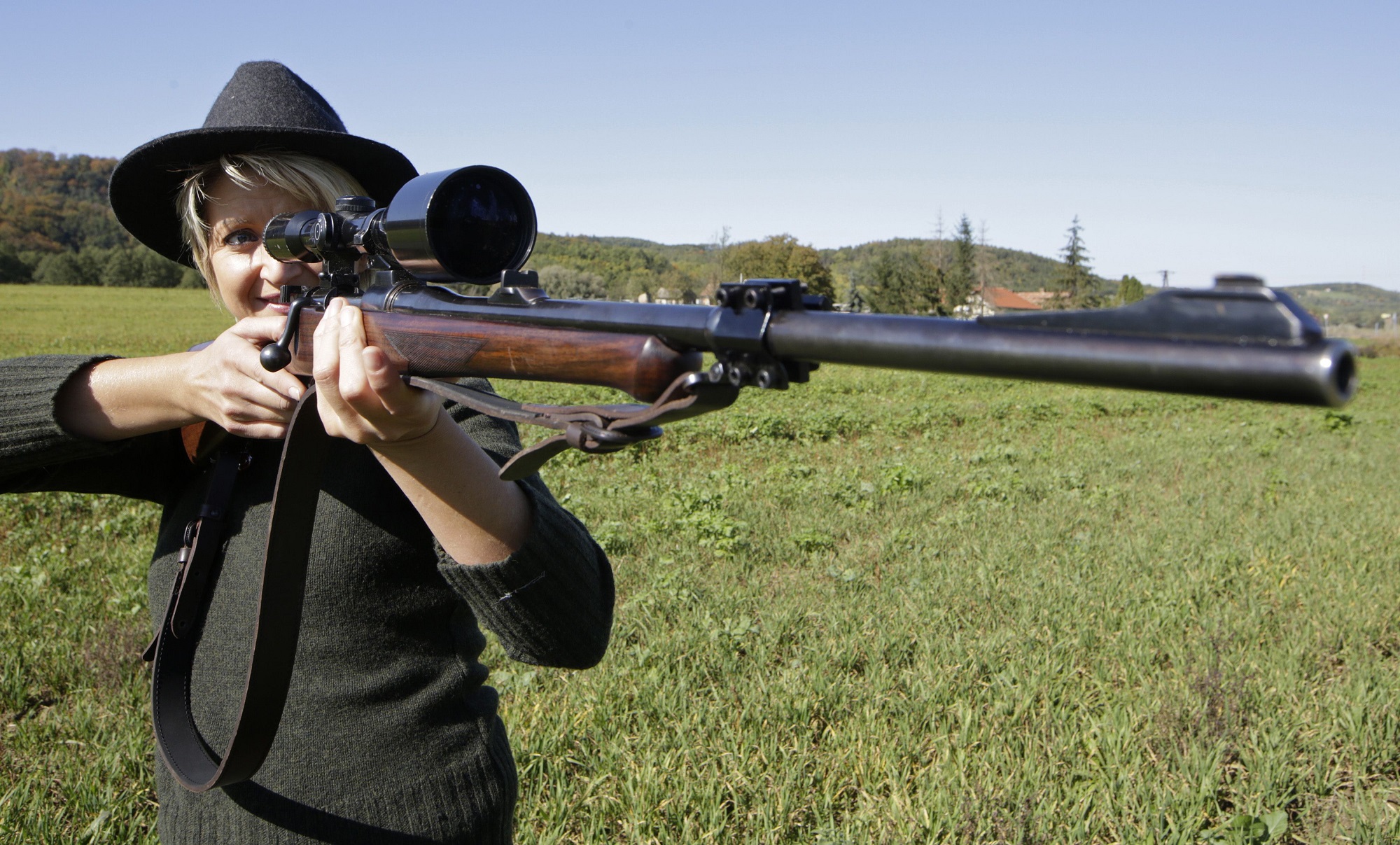In all these years at the range I’ve seen almost every kind of scope on rifles used for target shooting, from cheap chinese red dot sight knockoffs to military grade scopes to latest technology electronic sights integrated with rangefinders and ballistic computers.
Point is, the fact that a scope is great for sniper use in Afghanistan doesn’t necessarily make it a good choice for target shooting at your local friendly range, in the same way that a Humvee is not necessarily a good choice for commuting in crowded city streets during rush hour.
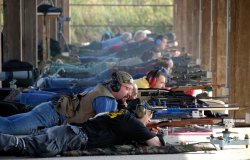
As is often the case, purpose dictates the characteristics of the instrument.
There are many kinds of target shooting, but for the sake of keeping this article within manageable size, we will consider just plain old bullseye shooting from a stationary position to a stationary target.
First let’s see what we need to hit accurately such a target: we need very good image crispness, with great definition (this being the capability of the optical system to keep two closely spaced thin lines separate rather than making them look like one blurry thick line) with no optical aberrations (pincuschion, barrel, colored lines and such): the crisper the image and stronger the contrast, the better we will be able to aim, the less the strain on our eyes. This last concern is very important, as we will be probably looking through that scope for hours on end.
We are usually prone to believe that the most magnification the better. After all, field of view is not relevant in target shooting. Surely, there’s merit in this argument. But, on the other hand, we don’t have any need for target recognition as well: our target is clearly marked, has high contrast and is well illuminated.
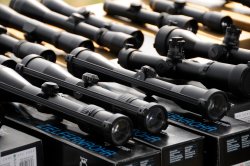
Strong magnification has its advantages, but comes to a price: first, it will also magnify the least shaking of the rifle, as holding a rifle completely still is impossible, even on a rest. There always are minute tremblings and movements: we are usually unaware of their existence for they are so small that our eye can’t actually detect them, but any scope with more that about 8x magnification will make them quite perceptible, and the greater the magnification, the greater the shaking.
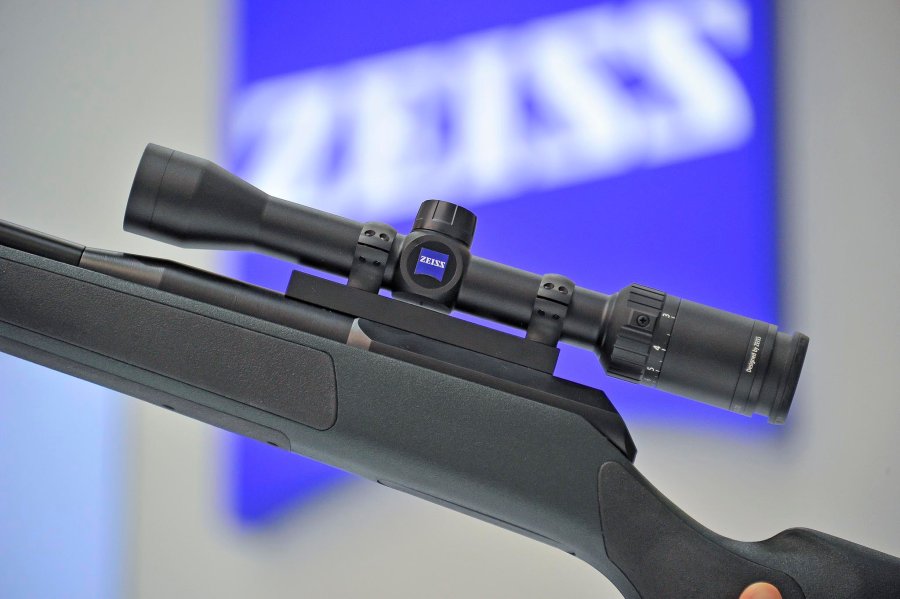
The eye actually tries to follow whatever we are focusing on (i.e.: the bullseye) to keep it in the center of our field of view. So we will be looking at a shaky image for hours, with our eyes trying to “make it steady”. There are few surest ways to end up with a headache, believe me. Even worst in terms of shooting accuracy, our body will try unconsciously to compensate and keep the crosshair on the bullseye, adding minute muscle twitches to the tiny movements that are the unavoidable consequence of our body being alive.
Even if the target seems bigger and closer, and thus apparently easier to hit, we will be actually making our chanches of getting a nice group quite worse.
We don’t actually need a big target: it just has to be big enough to allow us to aim correctly.
Usually, for most shooting within 2-300 yards 4x to 6x magnification is all you need. I’ve shot some of my best groups at 300 meters with a 3,5x scope.
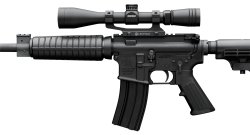
Another problem with strong magnification is that it also consumes a lot of light for, for a given diameter of the front lens, a bigger magnification will spread the amount of light gathered from that lens on a far bigger image, of which we see just a small portion.
While the extreme brightness of hunting and sniping scopes is not required, as we will hardly be shooting in twilight conditions, we must be able to clearly see the target: stronger magnification requires larger, more expensive lenses to insure acceptable brightness.
The so called “exit pupil” of the scope, that is the diameter of the projected image at proper eye relief, is equal to front (objective) lens diameter divided by magnification. So, a 32 mm lens for an 8x scope will yeld a 4 mm exit pupil.
The average human pupil is between 5-9 mm in diameter at most, and if the scope exit pupil is smaller, we will perceive the image as dim and will also have difficulties in keeping it properly aligned, again conductive to early eye fatigue.
Eye relief in strong magnification scopes is also more critical, again adding to eye fatigue.
Variable power scopes are equally not a good choice, as the complex lens groups needed to obtain variable magnification consume light and cost money better spent in a higher quality fixed power scope.
Finally, strong magnification also amplifies any optical defect in the scope.
It’s easier to get good image quality with lower magnification and since we said magnification is expensive, our money is best spent on image crispness anyway.
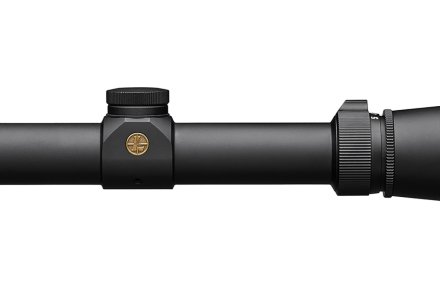
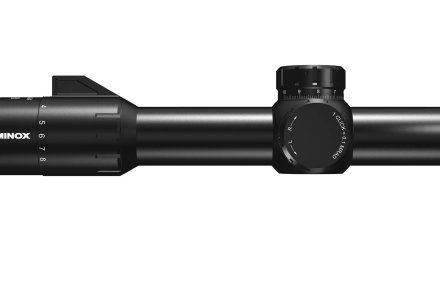
The third crucial feature is the reticle. A lot of people again goes for the mil dot design, for the usual reason: it’s what the best shooters in the special forces use. Actually, if you know how to use it properly, the mil dot reticle is a very good tool for shooting at moving targets at an unknown range with crosswinds affecting bullet trajectory.
But, again, we are shooting a stationary target at a known range and we usually can wait for a lull in the breeze before sending the bullet downrange.
We have no need to evaluate distance or include ballistic calculations for different ranges.
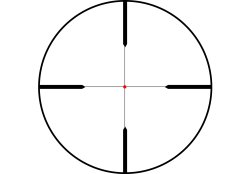
All we need is a reference system that allows us to “quarter” the target as crisply and exactly as possible: the old classical “fine crosshair” reticle is still the best in this department. Some like to have a dot in the center to focus on, other (and I’m among them) prefer the plain unadorned version: the less to distract from the center, the better. An unconventional design I’ve found works surprisingly well is the fine circle. Our eye is incredibly accurate in putting things in the center of circles, and to put circles within circles with perfect concentricity. This principle is exploited in the ghost ring type of sights and is used in inspecting rifle barrels (some of the most accurate barrels are still given a final check by the naked, trained eyes of expert inspectors).
Since targets are usually round, it’s very easy to center them very accurately in a circular reticle. It’s also a process that’s doesn’t strain our eyes so much as quartering with a crosshair does. If you manage to get such a scope, it’s definitely worth a try.
So, to sum it up, optical quality should be our first and foremost concern. The reticle should be as simple as it gets. Magnification should be in the 4x-6x range, but your mileage may vary: for small targets (like in .22 bench rest targets) or at longer distances greater magnification may be required and, sadly, age also matters. I didn’t need magnification at all to shoot well all day long when I was 25: iron sights were all I needed. Now that some years have passed since I turned 40, after a dozen shots things start to get blurry and I’d really like at least 3x magnification to shoot at anything farther than 100 yards, thanks.







